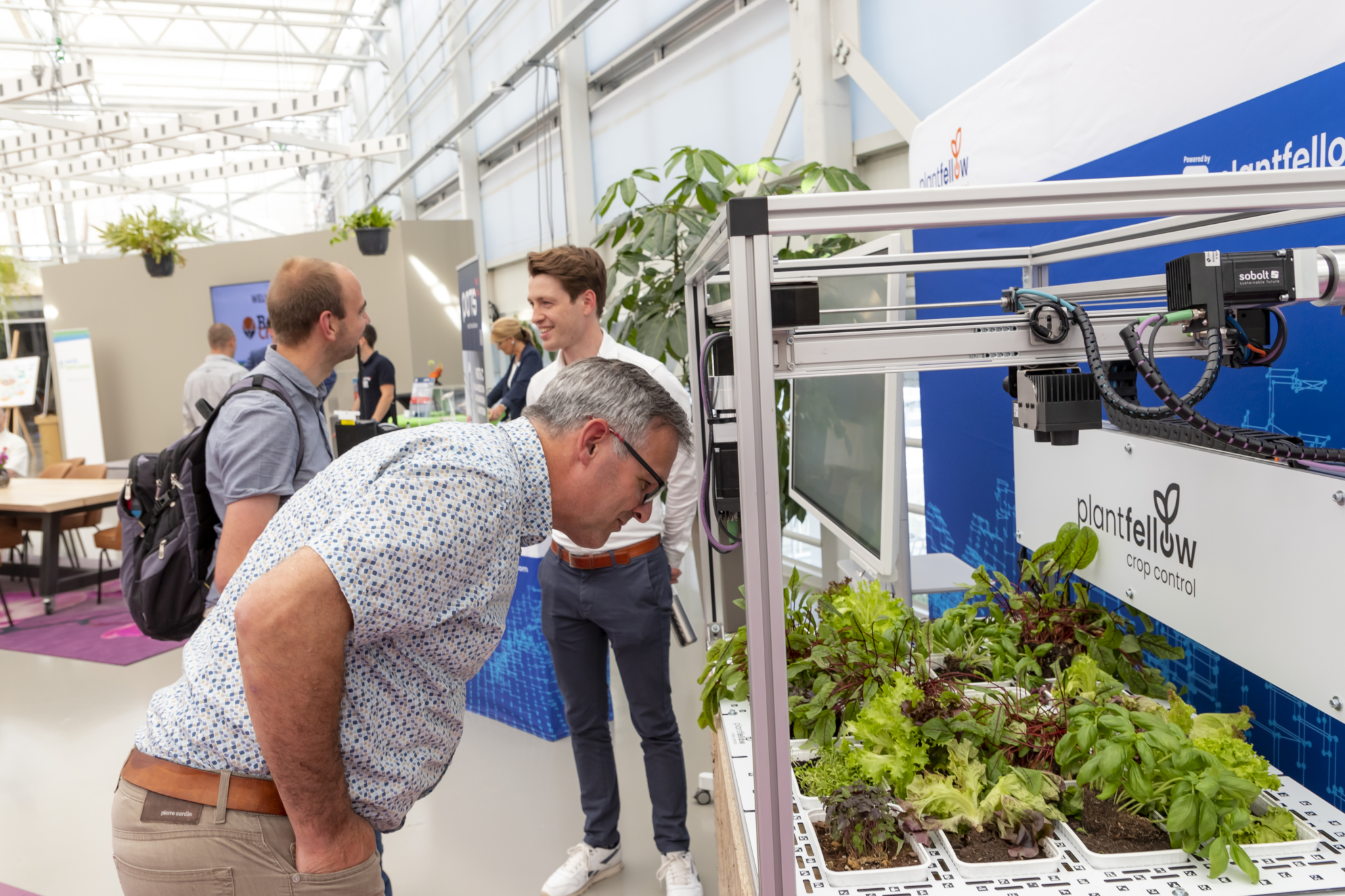
You have those itchy words. For me, “demand articulation” is one right now. I did not really know what it meant, although I had an idea of the direction it was going in. A quick Google search revealed: ‘Ensuring proper operationalization of demand into measurable performance indicators and shared standards’. The word demand articulation is often used when creating a question for a study. In the application I come across, it’s about getting clear on exactly what the end user’s question is. There I think I would rather choose something like, “what does the end user want to achieve and how can we tell when that goal has been achieved.
Come to think of it, it does seem similar to the definition of done that I know from scrum;
“When a Product Backlog item or an Increment is described as “Done”, one must understand what ‘Done’ means. Although this may vary significantly for every Scrum Team, members must have a shared understanding of what it means for work to be completed and to ensure transparency.
In short, DoD is a shared understanding within the Scrum Team on what it takes to make your Product Increment releasable.“
A definition of it in Wikipedia provides the following:
“Demand articulation is a concept developed within the scientific field of innovation studies which serves to explain learning processes about needs for new and emerging technologies.
Emerging technologies are technologies in their early phase of development, which have not resulted in concrete products yet. Many characteristics of these technologies, such as the technological aspects but also the needs of users concerning the technology, have not yet been specified yet.
Demand articulation can be defined as ‘iterative, inherently creative processes in which stakeholders try to address what they perceive as important characteristics of, and attempt to unravel preferences for an emerging innovation’. The approach may be applied to describing the processes by which needs for emerging technologies become more concrete over time. At the same time, demand articulation can also be perceived as learning processes that can be evaluated.“
Now I get it. And this definition also fits much better with the process we want to contribute to as RoboCrops! What RoboCrops is? An ecosystem through which we want to strengthen the collaboration between growers, technology suppliers, knowledge institutions, students, and the government to apply robots, data, and AI in a smart way.
Availability of workers and (green) knowledge
RoboCrops is about greenhouse horticulture. A huge sector where thousands of entrepreneurs are busy day in and day out producing vegetables, flowers, and plants. In and around their greenhouses, there are more and more new technologies, such as sensors, robots, and AI. For this, these entrepreneurs have good reasons. One of the most important: the availability of employees and (green) knowledge. Currently, there are already too few hands, and the scarcity will only increase.
So a robot seems a logical solution. But which robot? And from which supplier? And for what work? A robot is a drastic investment, so it is important for the entrepreneur to ask the right questions before engaging with a supplier or developer.
Strategy
Everything starts with the horticultural company’s strategy. What will the company look like in five years? And in 20 years? What are the key challenges and risks on the path there? For example: If your strategy is to expand in the next few years and available (manual) labor is a limiting factor in that, then it makes sense to invest in technology that can contribute to that. However, if you have enough people to do the work but lack the (green) knowledge, you will start working on another solution, such as digital plant measurements.
Now it is often the case that a horticultural entrepreneur indicates that he wants to do “something” with digitization and hooks up with a project that happens to come along. With RoboCrops we want to help growers ask the right questions: to themselves and the tech company developing the products.
To this end, we have developed a canvas. With this, a grower can ask himself: what role should robotization play in my company? We have expressed that role in different levels of autonomous cultivation. In other words: what is the human-machine relationship within the company? With the canvas, we can help a grower mirror the robot application to the company strategy and then enter into a more focused discussion with technology suppliers or developers.
Human work
So robotization is and always will be people’s work! Talk to the right people, ask the question behind the question, and ensure the connection and sharing of knowledge and experiences. Demand articulation remains an itching word for me, but the words iterative, creative, learning, and collaborative are especially crucial as far as I am concerned! Using new technology remains a process in which you have to work together as partners for a longer period. Please contact me especially if you want more information or are also seeking cooperation as a greenhouse entrepreneur or technology supplier.

